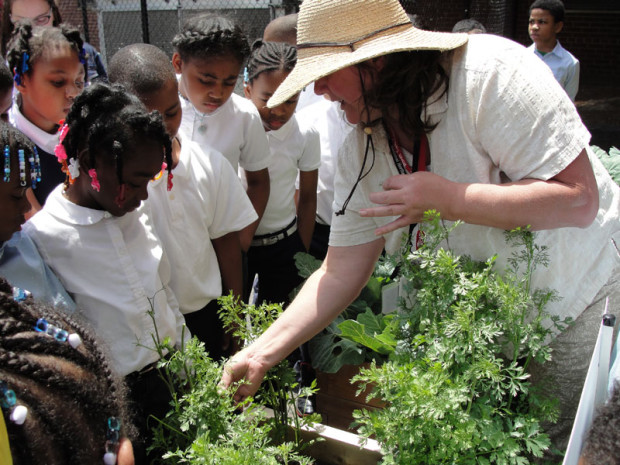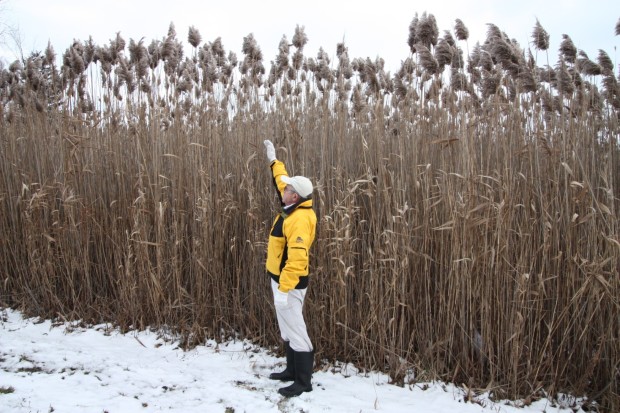Wall Street Journal:
When the emerald ash borer showed up in the U.S. about a decade ago, the native ecosystem didn’t put up much of a fight against the Asian beetle—and the invader quickly munched its way through ash trees from Minnesota to New Hampshire, causing destruction that will cost billions of dollars to repair.
Now, however, scientists have found three reliable native allies in their fight against the scourge: Certain woodpeckers, nuthatches and parasitic wasps have developed a taste for the beetles. In conjunction with natural predators imported from the borers’ original home in China and chemical treatments, the native species are helping curtail the pest after years of destruction.



